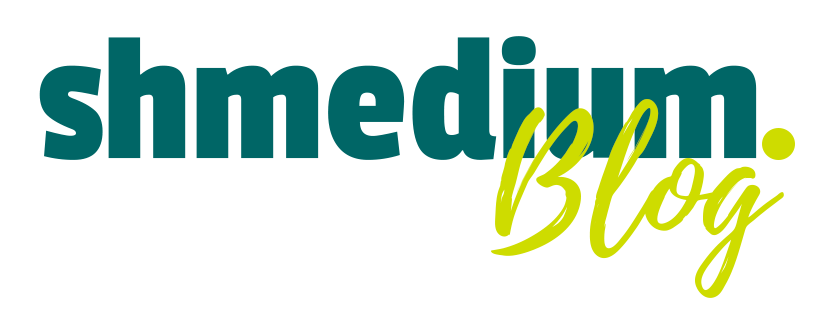Routine property inspections are crucial for maintaining the condition of your rental property and ensuring tenant compliance with the lease terms. These inspections can help identify repair needs before they become serious issues and can also deter tenants from neglecting or damaging the property. Here’s a guide on how to conduct effective routine property inspections that benefit both the landlord and tenants.
1. Understand the Purpose of Inspections
The primary purpose of conducting routine inspections is to ensure the property is being well-maintained by the tenant, to check for any needed repairs or maintenance issues, and to ensure that the property is being used in accordance with the lease terms. Clarifying these objectives can help you focus on what to look for during an inspection.
2. Provide Proper Notice
Always give tenants adequate notice before an inspection, respecting their privacy and complying with local laws regarding landlord entry. Most jurisdictions require at least 24 to 48 hours’ notice. This notice should be given in writing and specify the date and approximate time of the inspection.
3. Create a Standard Inspection Checklist
Develop a standard checklist to use during all inspections. This should include specific items to check such as:
- Structural elements (walls, ceilings, floors, etc.)
- Plumbing systems (leaks, water damage)
- Electrical systems (light fixtures, wiring, outlets)
- Appliances and HVAC systems
- Windows and doors for proper security features
- Lawn and exterior spaces (if applicable)
- Overall cleanliness and condition
4. Schedule Regular Inspections
Inspections should be conducted routinely, not just when a problem is suspected. A good practice is to schedule them seasonally or semi-annually. Regular inspections can help build a good landlord-tenant relationship and keep communication open.
5. Be Thorough But Respectful
While it’s important to be thorough during an inspection, also be respectful of the tenant’s space and belongings. Avoid opening personal items or unnecessarily moving things around. If you need to inspect an area that contains the tenant’s personal belongings, ask for their assistance.
6. Document Your Findings
Take detailed notes and photos during the inspection. This documentation can be crucial if there are any disputes about the property condition or security deposit deductions in the future. It’s also useful for comparing the condition of the property from one inspection to the next.
7. Discuss Findings with Tenants
If you notice any issues or areas of concern during the inspection, discuss these with the tenants on the spot. Provide them with feedback and agree on a timeline for addressing any problems. If the property is in good condition, acknowledge the tenant’s efforts to maintain the premises.
8. Follow Up
If repairs or maintenance are needed, schedule them as soon as possible. Follow up with the tenants to ensure that the work has been completed satisfactorily and that they are satisfied with the handling of any issues. This follow-up is key to maintaining trust and goodwill with your tenants.
9. Learn and Adjust
Use what you learn during each inspection to improve your processes. If certain issues are recurring, consider whether changes to the lease agreement or tenant screening processes might help mitigate these issues in the future.
Conclusion
Conducting routine property inspections is a vital part of property management that helps protect your investment and ensure tenant compliance. By following these tips and maintaining a professional approach, you can effectively manage your property’s condition and foster positive relationships with your tenants.











